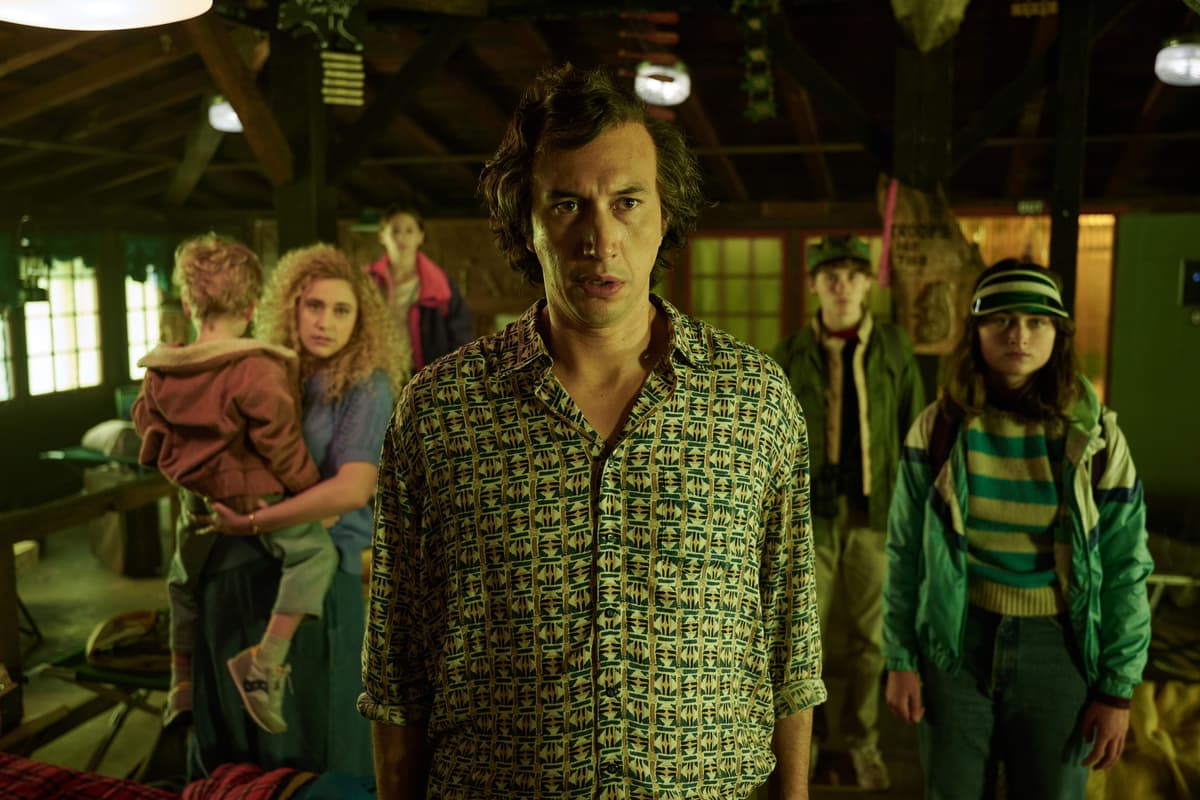DeLillo’s Early Books Get the Hollywood Treatment
This single-volume reissue of ‘White Noise,’ ‘The Names,’ and ‘Libra’ isn’t some cheapo job with the faces of the film’s stars slapped on the cover of a paperback.

Don DeLillo: Three Novels of the 1980s
By Don DeLillo, ed. Mark Osteen
Library of America, 1130 pages
It can be a little embarrassing when a novel is re-released as a tie-in to a major motion picture, especially when that novel is in large part a satire of a culture hooked on mass media. It’s usually a sellout play on the part of the author, and, more often than not, a display of philistinism on the part of the studio. But in the case of Don DeLillo’s “White Noise,” of which a film version, directed by Noah Baumbach, premiered on Friday at the New York Film Festival, there could be no more fitting way to release the 1985 novel.
This isn’t some cheapo job with the faces of the film’s stars slapped on the cover of a paperback. “White Noise” is getting the full Library of America treatment, along with “The Names” (1982), and “Libra” (1988), the three novels of the 1980s which DeLillo says marked a “major departure” from his earlier, comic style. The collection also includes two uncollected essays, “American Blood: A Journey Through the Labyrinth of Dallas and JFK” and “Silhouette City: Hitler, Manson and the Millennium.”
Die-hard fans will also be delighted to find that DeLillo has written new prefaces for each book, in which he reveals that “The Names” arose out of his inability to understand Modern Greek, that he has “virtually no memories of writing” “White Noise,” and that, in the course of research for “Libra,” he was able to acquire a copy of the Zapruder Film before it became legally available. Even now, DeLillo mentions that he keeps the twenty-six volume Warren Commission report in his home office (although he has only read half of it), as well as about seventy other volumes on the Kennedy assassination.
DeLillo also mentions a fact about himself — often repeated — that has led some in the publishing industry to remark that there will never be a definitive biography of his life. Despite his complex anxieties about systems, codes, and terrorism, he admits that he has always just been “a writer who continued to sit at his desk, looking at the wall, then staring into a sheet of paper, framing sentences and paragraphs, such as these, right now, decades later, ballpoint pen on paper, little squeaks of contact.” The best DeLillo characters are people similarly dispositioned, romantics with an inability to face the world around them in any straightforward way.
In the very first scene of “The Names,” a man fears the aesthetic “obligations” that come with a visit to the Acropolis. In “White Noise,” Jack Gladney, the pioneering professor of Hitler studies, declares that the novel’s central disaster is inappropriate to his station in life. “These things happen to poor people who live in exposed areas,” he says. “I’m a college professor. Did you ever see a college professor rowing a boat down his own street in one of those TV floods?” In “Libra,” a “Chaplinesque” Lee Harvey Oswald blunders through life: naïve, trusting, and hopelessly doomed. “He reads Walt Whitman in hospital ruins,” DeLillo writes.
If the promotion around the film version of “White Noise” is any guide, Baumbach is not much of a romantic. He seems more interested in treating the book as a zany postmodern romp through suburbia. That’s sort of true, but at its heart, consumerism is just one way in which the novel’s characters attempt to escape death and the fear of dying. In substance DeLillo is much closer to Emerson than he is to any of his contemporaries.
Whatever the case, should the movie succeed, perhaps the Library of America will see fit to fill out a few more volumes of DeLillo. It would be nice to see his novels of the 1970s — “End Zone,” “Great Jones Street,” and “Running Dog” — printed in one volume on bible-thin pages, if only for collectors. More likely though, it will be the big, high concept novels of the 1990s, “Mao II” and “Underworld,” that will get the royal treatment. And — who knows? — maybe another film, too.

